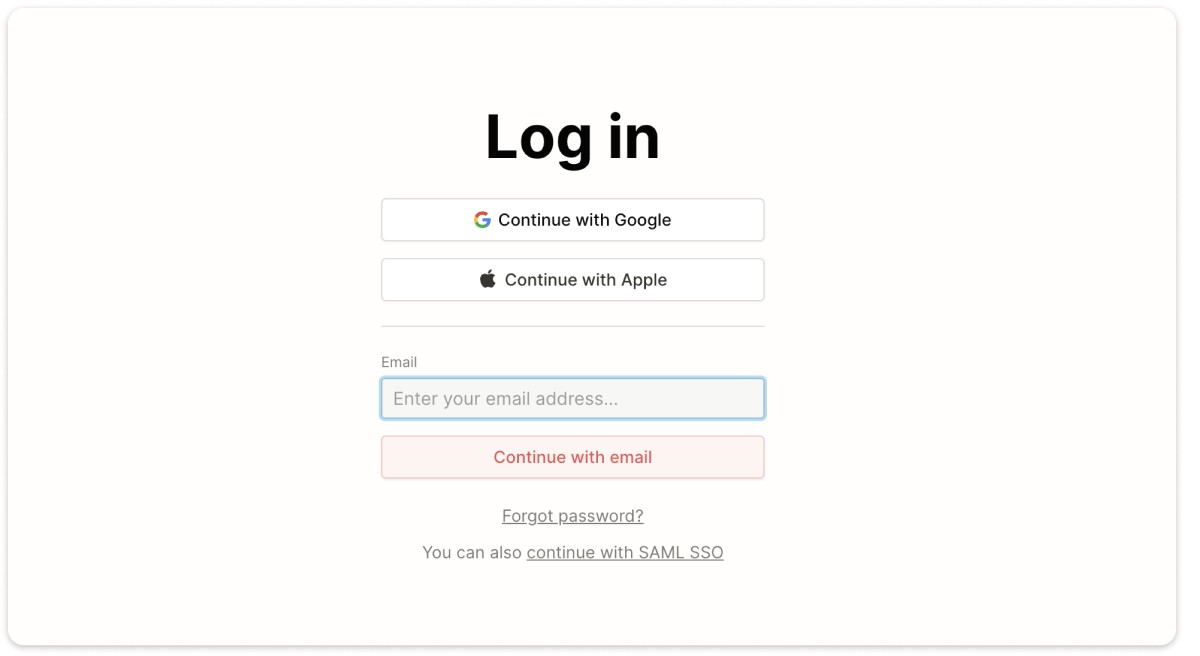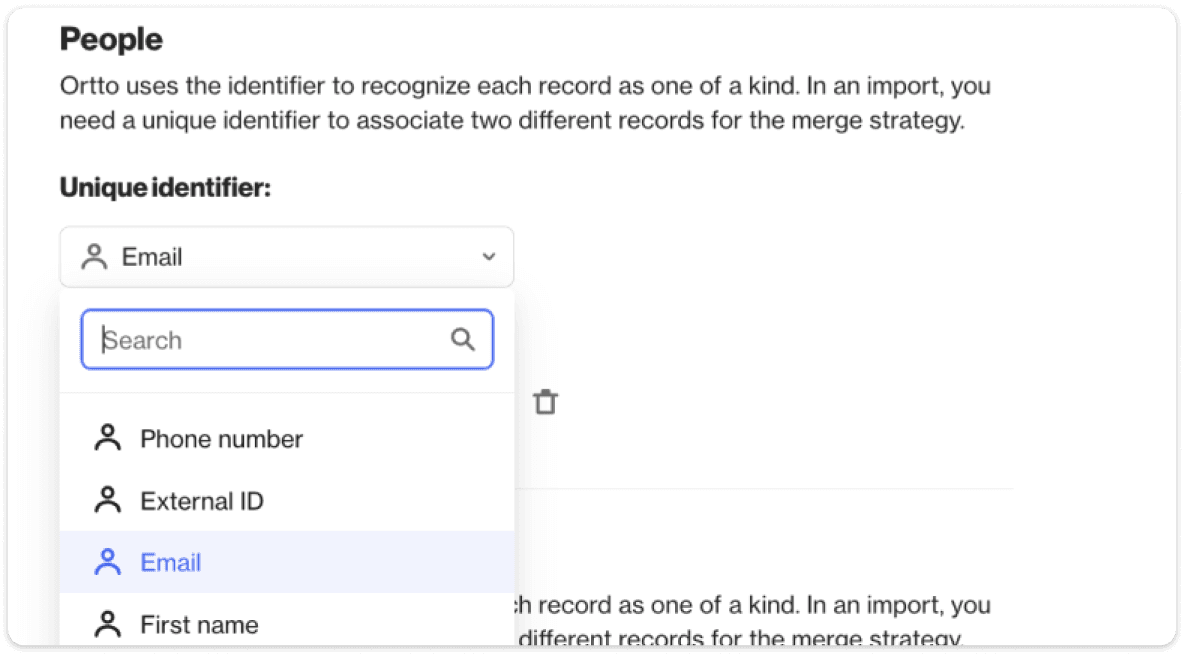After a years-long rollercoaster ride, Google announced it will begin to phase out support for third-party cookies in Chrome starting early 2024. The phase out will be slow, with cookies disabled for 1% of users worldwide initially to facilitate testing. By Q3 2024, Chrome will join Firefox and Safari in eliminating third-party cookies altogether.
Despite the fact that this change was initially announced way back in 2020, in March of 2023 an Adobe study found that 75% of marketers still rely heavily on third-party cookies and 45% are spending at least half their budgets on campaigns and other activations based on third-party cookies.
So, what now?
One of the safest places marketers can redirect these efforts and budget is investing in a first-party data strategy.
First-party cookies are not going anywhere. They can still be used to observe behavior and preferences and can be used for personalization and targeting efforts. In fact, a study conducted by Think with Google Google and Boston Consulting Group (BCG), found that brands that are prioritizing and utilizing first-party data for key marketing functions saw their revenue increase by 2.9x and a 1.5x increase in cost savings.
When coupled with zero-party data (the information that users voluntarily give to a brand), first-party data will allow marketers to continue to target effectively and create the personalized campaigns consumers have come to expect.
Rethinking your customer data collection strategy
Before we get into the tactics, take a step back and consider how you may need to rethink your customer data collection strategy before third-party cookies become eradicated. Here are some things to consider:
1. Choose which data you want to collect
First- and zero-party data are different in that the customer plays a role in handing their information over. That makes it more effective when it is used for targeting and personalization efforts, but it also means it can be more difficult to collect. Getting clear on the holes in your data, and the data points you need to collect to meet larger business objectives will help you prioritize and focus efforts.
2. Invest in the right technology
Centralizing your data will be more important than ever before. Look at your tech stack and ensure that your CDP or CRM is accurately capturing and cleaning first- and zero-party data from all of your channels and platforms. The more you can automate this, the better. Over time, missed data from lead capture forms on social or surveys hosted by a third-party could lead to major data holes.
3. Consider the value exchange
What can you offer people in exchange for their data? How can you make it more unique, meaningful, educational, or valuable than what your competitors are offering? Consider building a library of ideas that can be matched with the data points you want to collect. Get creative and think big — while ebooks, whitepapers, or discounts and offers have their place, interactive tools and creative surveys can help you build a more robust customer profile.
4. Measure success
Most marketers are used to measuring the number of leads generated for every campaign, but when you are committed to collecting more customer data, adding a report that measures how many data points were collected can help you optimize your efforts and replicate success.
For example, if a fintech company builds a tool that helps people quickly re-work their budget based on inflation, they could get access to a wealth of data about the individual’s earnings, outgoings, and more. This could result in five times the number of data points collected from something like a whitepaper download, making it a far more valuable tool.
If you are only tracking lead numbers, the two efforts will appear to be equal in value, and the interactive tool will likely be deemed to have a lower ROI.
How to generate more first-party customer data
The following tactics will help you acquire more first-party and zero-party customer data, helping you to drive personalization and set your company up for long-term success.
1. Single sign-on
Single sign-on (SSO) is an authentication process whereby a user can login to various apps using a single set of credentials. For example, using a Google login to access Slack, Zoom, Figma, and more.
For your users, this is a more secure and more streamlined way of signing up or logging in. But it also plays a huge role in giving businesses more accurate first-party data. When someone uses SSO to log in, any user details associated will be obtained, including ID, name, profile IRL, location, and interests depending on the user’s privacy settings and chosen SSO provider.

2. Use identity resolution to track offline activity
Identity resolution is the act of consolidating all data points into a single profile. This can (and should) include offline activity like in-branch consultations at a bank, or in-store purchases at a store.
If you’re an Ortto customer, you can create a unique customer identifier and fallback identifier to capture customer activity under an ID that makes sense for you. For example, companies with a loyalty program, banks or insurance companies with customer ID numbers may wish to unify their customers' identity under that number to capture both offline activities (i.e. scanning a loyalty card for in-store purchase) and online.
The data you generate offline, including purchases, inquiries, store or branch location, and time and date of visit, can help you develop more personalized campaigns that drive loyalty and help you better understand your customer's journey.

3. Register website visitors
Forms and pop-ups are one of the best ways to have your website users register their visit, usually in exchange for something like a subscription to your weekly newsletter, or access to a whitepaper or ebook.
The key here is to keep the pop-up or form as short and simple as possible, while still retrieving the information you need. It essentially comes back to that all-important value exchange: Is the data you're asking for worth handing over in exchange for what you're offering?
Testing is key here, look at what you're offering, how you're offering it (e.g. a large exit intent pop-up vs. a small notification after 30 seconds on page), and the language you use to sell the offer
4. Create surveys and polls
There are plenty of data holes that are best filled by simply asking. For example, information about the industry your customer works in, content that interests them, or their goal in using your platform or service will help you generate more customer data and can open up opportunities for highly personalized nurturing campaigns.
As with any data collection tactic, you want to ensure the data you generate is connected to the user’s profile. The easiest way to do this is to sync the survey responses to your CDP or CRM in real-time. If you’re an Ortto customer, our Typeform integration will make this easy.
5. Create valuable tools
This strategy allows you to better your customers' experience, build on brand trust, and gain access to more first-party data points.
The tool mentioned in our value exchange section above, a fintech with a tool that recalculates a budget based on the rate of inflation, is one such example of a valuable tool that could help you generate more data points from more leads.
6. Tap into your customer support channels and reviews
These channels are often forgotten or they never reach their full potential.
Your customer support team engages in one-to-one conversations where customers are more likely to offer additional information. This information can be tracked in your CDP as custom fields or custom activities to build a more robust view of your customers, especially those who are particularly engaged with your brand and product.
Reviews can also be a great channel for collecting first-party data. When they filter through to your CDP, they provide another layer of data allowing you to identify which customers are brand advocates. In some cases, the information they provide on their location, industry, or business size could fill a data gap for you, too.
Final word
There’s no stopping the third-party data demise or the greater privacy conversation at play. Instead of resisting the change, see this as an opportunity to clean up your first-party data strategy, build a more trusting relationship with your customers and leads, and get creative with their data collection tactics.
Author

More by Meagan Philpot
Meagan Philpot has no more articles


